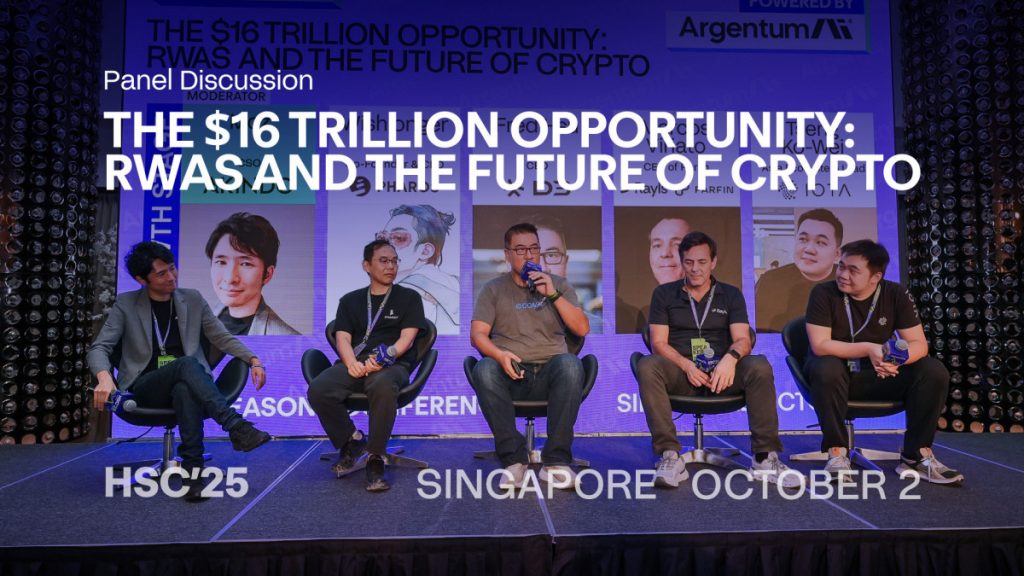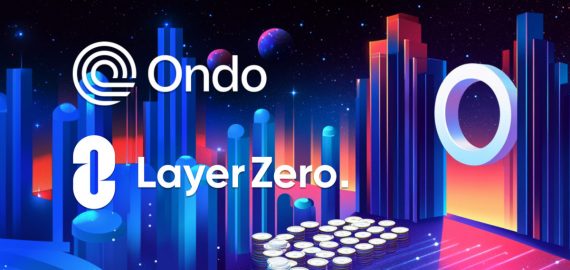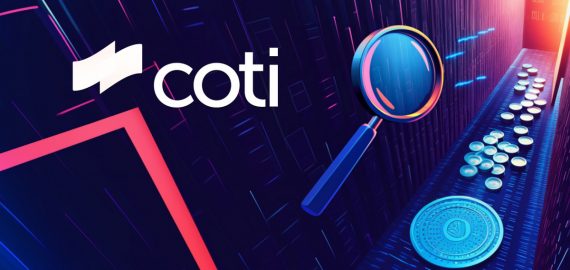Hack Seasons Singapore Panel Explores Tokenization Of RWAs And The Future Of Crypto


In Brief
At Hack Seasons Singapore, experts explored how tokenizing real-world assets can enhance liquidity, bridge DeFi and TradFi, and drive the next phase of cryptocurrency adoption.

At the beginning of October, the Hack Seasons Conference took place in Singapore, bringing together experts from the Web3, blockchain, AI, and cryptocurrency sectors to discuss emerging trends. One of the standout sessions focused on the topic of tokenized assets and their impact on global finance, titled “The $16 Trillion Opportunity: RWAs and the Future of Crypto.” The panel, moderated by Moz, CSO of AKINDO, included contributions from Wishlonger, Co-Founder and CEO of Pharos; Fred Hsu, CEO of D3; Marcos Viriato, CSO of Parfin; and Tseng Ko-Wei, Asia Ecosystem Lead at IOTA. The discussion provided an in-depth analysis of how real-world assets (RWAs) are being tokenized, the potential implications for the financial industry, and the opportunities this evolution presents for the next phase of cryptocurrency development.
The panel opened with a discussion on how protocols can enhance liquidity and composability for tokenized assets. Participants emphasized that on-chain protocols play a critical role for RWAs, enabling them to be traded in real time. A key challenge identified is the gap between the underlying RWA and its on-chain representation. Protocols function as intermediaries, addressing liquidity constraints and providing seamless on- and off-ramp solutions. Many on-chain RWAs also utilize lending mechanisms to optimize yields, effectively creating a comprehensive trading infrastructure. By leveraging derivatives and other on-chain mechanisms, the ecosystem can establish a self-sustaining loop that addresses common trading challenges for RWAs.
The conversation highlighted that certain physical and digital assets, such as domain names, can be treated similarly to real estate, where borrowing and lending opportunities evolve as the value of the asset appreciates over time. Tokenizing such assets introduces new possibilities for decentralized finance, allowing participants to access liquidity and funding in ways that were previously limited to traditional finance.
Panelists further noted that tokenization should deliver tangible utility rather than simply represent an on-chain version of an asset. Commercial receivables were highlighted as an example where tokenization offers practical benefits. By converting receivables into on-chain assets, companies gain access to alternative funding sources that can be more cost-effective than conventional options. This approach provides real value to both issuers and investors, enhancing usability, distribution, and overall market efficiency.
The panel concluded that data underpins the value of RWAs and is essential for solving real-world financial challenges. By bringing trade and product data on-chain, protocols can enable previously inaccessible forms of trade finance. Establishing a trusted on-chain layer for global trade data creates a foundation for more efficient and transparent financial ecosystems, bridging the gap between trade information and trade financing solutions.
Bridging Institutional Finance And DeFi: Scaling RWA Tokenization On-Chain
The discussion then turned to the current scale of the RWA market and whether on-chain platforms can accommodate institutional-grade assets of such magnitude. Participants observed that transaction throughput remains a limiting factor, noting that performance and security are critical, but once these are addressed, the underlying technology becomes secondary. Emphasis was placed on the importance of problem-driven solutions, rather than creating technology in search of a use case, highlighting that DeFi development should focus on addressing tangible market needs.
The panel also addressed tokenization, noting that outside of Bitcoin and Ethereum, most layer-one networks share similar technological foundations. Achieving meaningful adoption requires targeting specific verticals and engaging with institutional players to identify practical use cases where blockchain can deliver value. Establishing liquidity, particularly through top-tier stablecoins, is a crucial step for onboarding institutional participants.
While liquidity and trading volume for RWAs are currently limited, the panel agreed that infrastructure is evolving. As the ecosystem matures, on-chain platforms are expected to develop the capacity and tools necessary to support scalable RWA tokenization, ultimately bridging the gap between decentralized networks and institutional financial markets.
Bridging DeFi And TradFi: Building Trust And Infrastructure For RWA Tokenization
The panel further examined the challenges of bridging decentralized finance (DeFi) and traditional finance (TradFi), highlighting gaps in the current on-chain infrastructure. A central theme was the importance of trust. While many participants in the crypto sector originate from libertarian or cypherpunk traditions, RWA require trust mechanisms that cannot rely solely on crypto-native assets like Bitcoin or Ethereum. For widespread adoption, the crypto sector must find ways to collaborate with governments and existing institutions rather than opposing them.
Trust in RWA tokenization can be approached in two ways. One involves legal frameworks that determine asset ownership in the traditional (Web2) world and project it onto blockchain (Web3) systems, often relying on regulations, licensing, and institutional validation. Over time, blockchain technology itself is expected to provide a trust layer inherent in the system. Strong regulatory frameworks are particularly critical, as they underpin the credibility of global real estate, valued at approximately $300 trillion, and create the conditions for liquidity in tokenized markets.
The panel also emphasized the necessity of accurate data inputs to represent assets on-chain. Certain RWAs require integration with IoT systems to track cargo, real-time invoice verification, or access to notary services for securities or real estate. Developing these interoperability layers remains an ongoing challenge, essential for translating RWAs into functional on-chain representations.
Finally, the panel discussed which categories of RWAs are likely to drive the next wave of tokenization, focusing on assets that combine tangible utility, reliable data sources, and regulatory alignment to ensure both credibility and liquidity in decentralized financial markets.
Disclaimer
In line with the Trust Project guidelines, please note that the information provided on this page is not intended to be and should not be interpreted as legal, tax, investment, financial, or any other form of advice. It is important to only invest what you can afford to lose and to seek independent financial advice if you have any doubts. For further information, we suggest referring to the terms and conditions as well as the help and support pages provided by the issuer or advertiser. MetaversePost is committed to accurate, unbiased reporting, but market conditions are subject to change without notice.
About The Author
Alisa, a dedicated journalist at the MPost, specializes in cryptocurrency, zero-knowledge proofs, investments, and the expansive realm of Web3. With a keen eye for emerging trends and technologies, she delivers comprehensive coverage to inform and engage readers in the ever-evolving landscape of digital finance.
More articles

Alisa, a dedicated journalist at the MPost, specializes in cryptocurrency, zero-knowledge proofs, investments, and the expansive realm of Web3. With a keen eye for emerging trends and technologies, she delivers comprehensive coverage to inform and engage readers in the ever-evolving landscape of digital finance.


















































